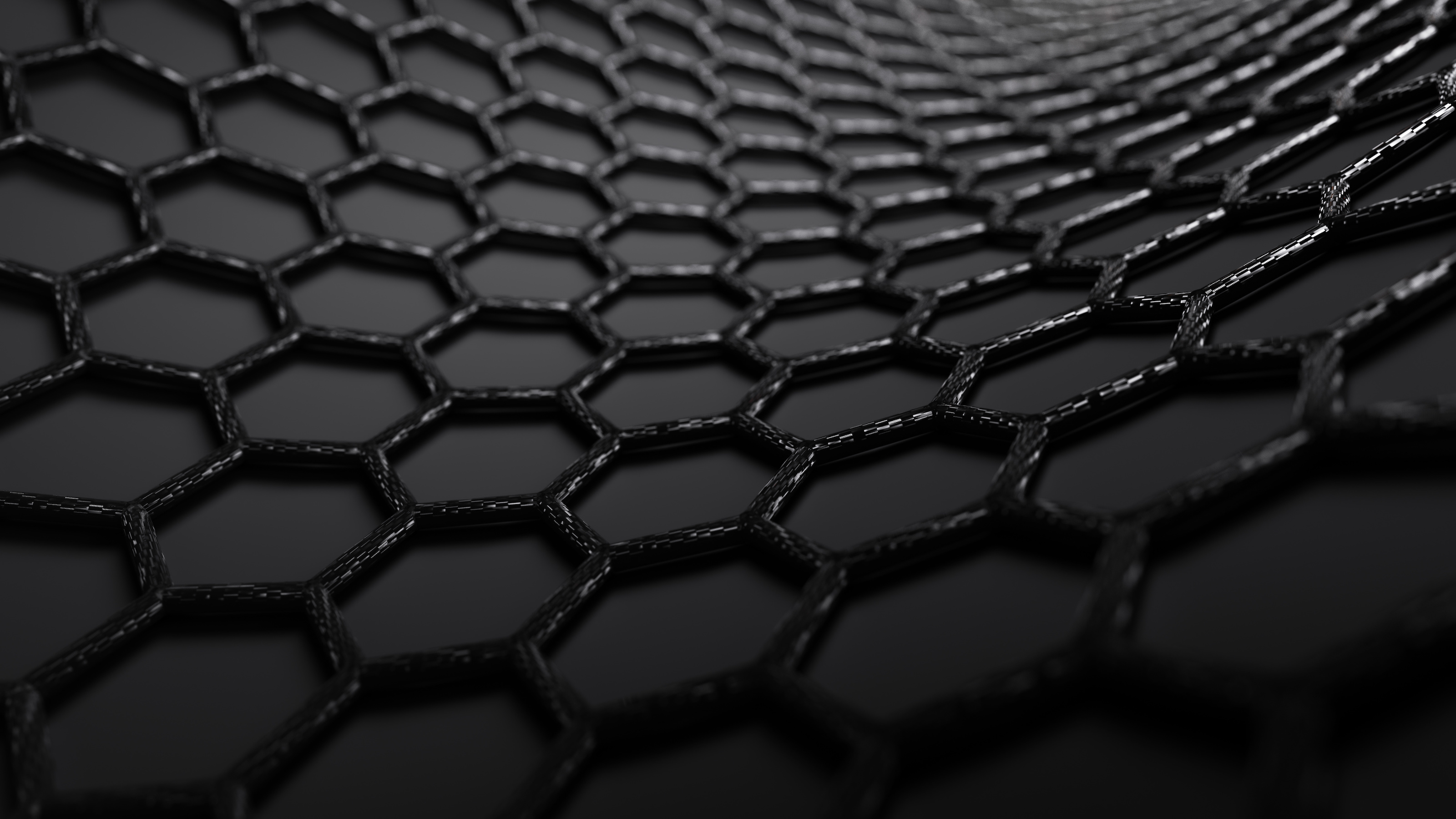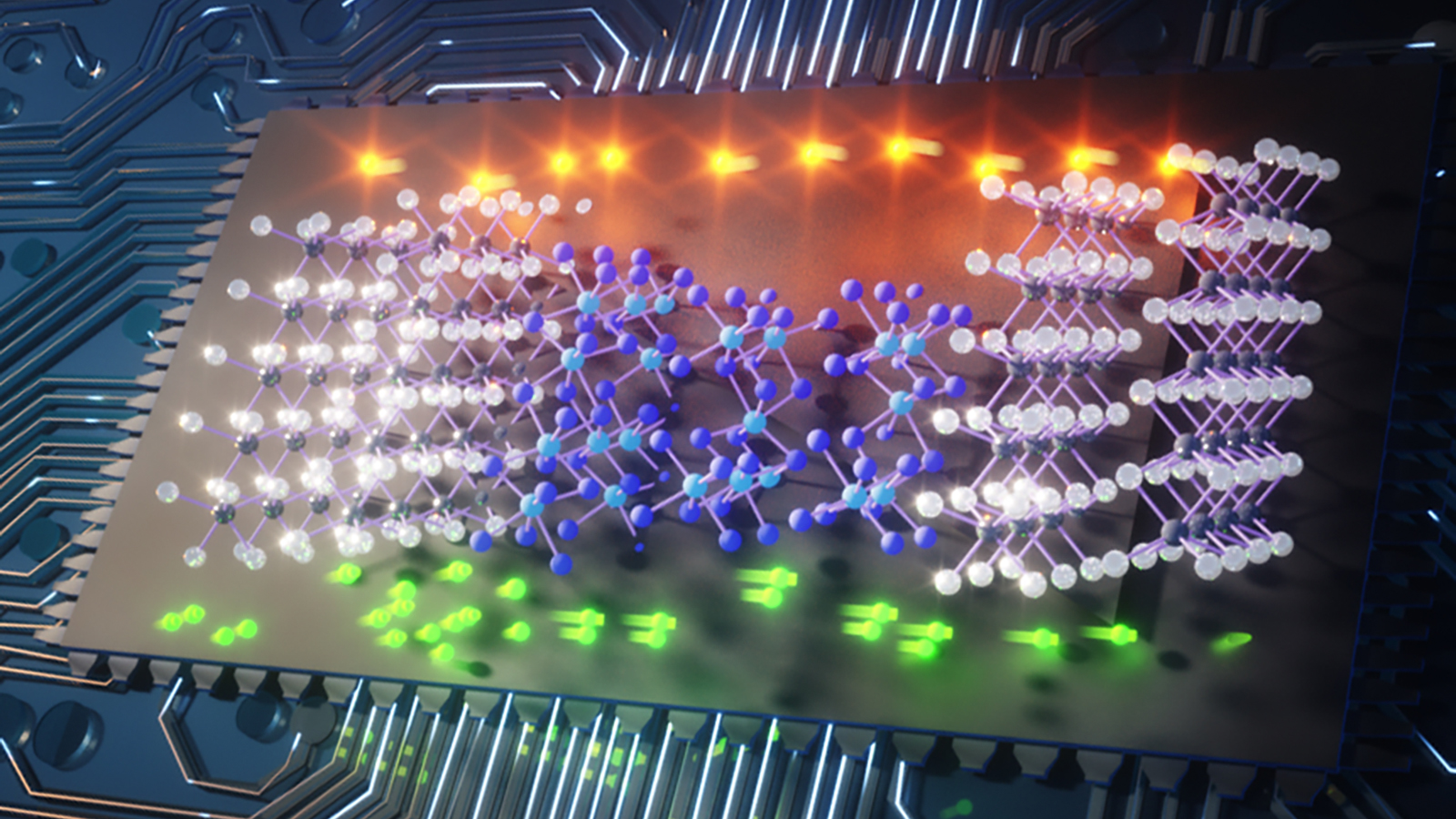The strange, brain-like memory of vanadium dioxide glass

- Digital computer memory can only hold one value, 0 or 1, and that value is unstably preserved by transient electrons.
- A new glass memory can hold a wide variety of states, for long periods of time, more like biological memory.
- The memory appears to be locked in the structure of the glass.
Computers and living organisms store memories in vastly different ways. A new research paper describes a very unusual material — vanadium dioxide glass — that appears to store memory within its atomic and molecular configurations. This allows it to act in a manner more akin to a neuron and less like that of a digital chip.
The main working memory banks within a computer, often referred to as RAM and cache, are essentially electron prisons. Within each “prison” cell of memory, the computer can check if it is “occupied” or “not occupied” by an electron, to read out the values of 0 or 1. If the power holding the cell doors closed goes out, the electrons make a break for freedom and the memory is lost.
Experiments described in the paper (here’s a free version) produce the surprising result that vanadium dioxide (VO2) glass appears to retain memory in an entirely different way. The VO2 “remembers” not just “full” or “empty” but a range of particular states, as well as when the information was stored. It does this without trapping electrons or even requiring continuous power.
Crystal vs. glass
The ability of the VO2 to keep this memory is likely linked to the nature of glass. Crystalline materials have a rigid structure of atoms locked into precise positions. The angular facets, geometric patterns, and perfect planes of crystals are the result of trillions of atoms perfectly stacked in a certain way. Glasses, on the other hand, have an amorphous structure: The atoms are packed closely together, but their arrangement is a giant mess, completely lacking the order of a crystal.
The VO2 starts out as an ordered crystal. A value is placed into its memory by pulsing it with electrical signals, which transform the crystal into glass. The memory is read out by pulsing it again, triggering the glass VO2 to transform back into a crystal. The transformation takes some amount of time as the atoms shift from random positions back into order. That length of time is determined by both how long ago the VO2 was glassed and how many pulses were applied to glass it.
Structural memory
The reason why the glass can remember a range of values is not entirely clear. Interestingly, it appears that the memory isn’t held by electrons. The authors demonstrate this by performing clever experiments using a laser to alter the electron populations in the glass and showing no change in the memory. It’s likely then that the memory is locked into the arrangement of the atoms.
The pulse of electrical current that reads out the memory cannot transit the glass. It must create a chain of conductive (crystalline) atoms to reach the far side where it is read out. Somehow, the messy arrangement of the glass atoms is attuned to the memory being stored. While the details of this are unknown, the time it takes the current pulse to de-glass the VO2 and transit across can reliably tell what number (of pulses) was put into the memory at a given time.
As the memory sits, holding a value, its internal structure seems to evolve slightly. This can cause the value read out to drift. In general this is a flaw, but it can be corrected, or possibly harnessed for applications that require time-varying values.
A valuable attribute of the VO2 glass memory is that it can retain a value for at least three hours without power, and possibly much longer. This may allow computer chips to hold memory onboard without requiring continuous electricity to maintain electron incarceration. While correcting for value shift over those hours would be tricky, successfully implemented “non-volatile” memory would allow devices to sleep without consuming their batteries.
A final practical property of the VO2 memory is that, while it does not store memory with electrons, its value can be both set and read out by electrons. This could allow it to be integrated into existing computer circuitry. VO2 glass memory won’t be in your next smartphone, but this curious material could result in a brilliant invention in the years to come.





